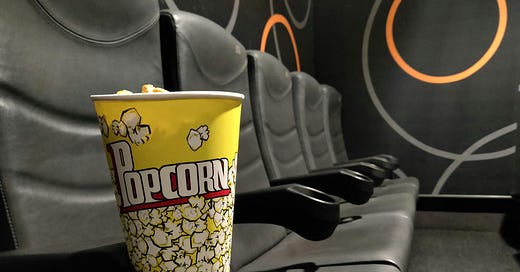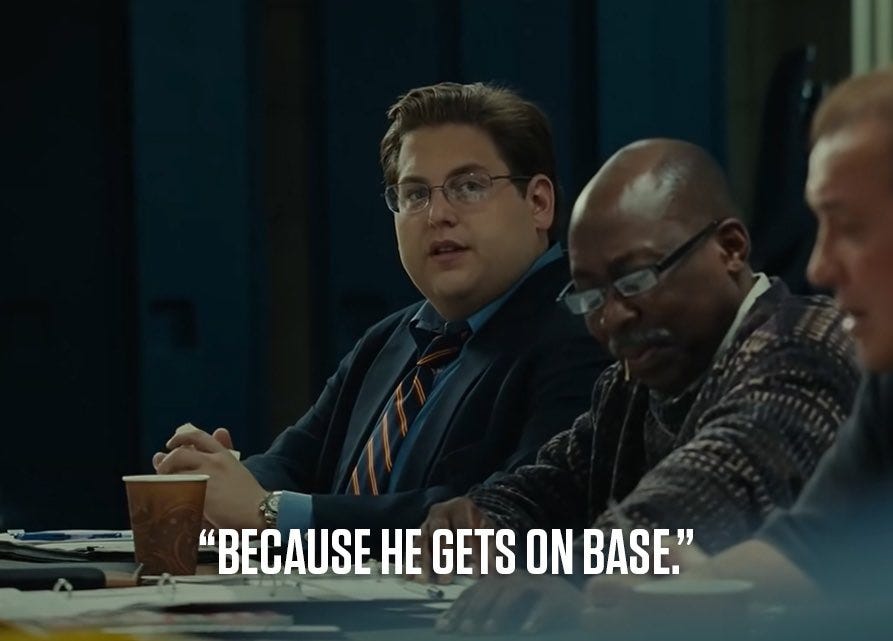Prop 1 will be a remake of our Idaho election system. Will it improve upon what we already have or be a flop that has everyone longing for the original?
Much has been written already about Prop 1 and we still have a little more than 5 weeks to go until election Tuesday. While many articles focus on the pros and cons, this article seeks to give a preview of what voting may look like under Prop 1.
Candidate Explosion
This movie opens with Joe Average arriving at his voting location in May of 2026 when the first statewide Prop 1 election would be held in Idaho. The ballot below is from the first ‘top 4 primary’ election in Alaska in 2022. There were 48 candidates vying for those top 4 spots, including Santa Claus. While this may be a more extreme example, other recent elections in Alaska had 19 and 22 candidates respectively. And keep in mind, that is one race.
In Idaho, our 2026 primary will have 2 federal races, 7 statewide races, 3 legislative races and 6 or more county races (plus judges, precinct committee and any measures that might be included). Think you will ever see a 1 or even 2 page ballot again? Under this system, your ‘ballot’ may look more like a ‘booklet’. Joe Average may have to wait his turn before feeding his ballot, sheet by sheet, into the tabulator. (Who had ballot printing on their bingo card for under estimated costs of Prop 1?)
Directors Note: When you remove the concept of 1 candidate per party that advances to the general election, it is reasonable to expect that more people will throw their hat in to see if they could make it. Even if they aren’t the top vote getter in their party, who knows what can happen between May and November.
Strategic Voting
In the remake, there will be an expanded roll for ‘strategic voting’. There is a wealth of game theory and statistical analysis about elections in general and much of it surrounds voting systems with jungle primaries, open primaries and ranked choice voting. This is not the playground of average voters like Joe, but will be for campaigns, big money PACs (most from out of state) and even professorial types who get giddy discussing things like ‘monotonicity’ and ‘bullet voting’.
If you’ve seen Moneyball, where a math wiz named Peter Brand saw his theories implemented by a desperate and underfunded Oakland baseball team, you get a taste of what lies ahead. No more simply voting for the person you want to win. Now we will get statistical analysis and ranking strategies from Peter Brand-like geniuses who know which candidates are best able to ‘get on base’. And just like in the movie, you may have the upstart squeak out some success against the bigger players, but eventually, the people with the money and the resources will take over the game.
Plot Twist
The primary is over, the top 4 candidates have been selected for the general election. Just like a recent election in Alaska, 3 Republicans and 1 Democrat have won the trip to the general. But wait! Two of the Republicans drop out!
So no ranked choice voting games in the general? Nobody saw this plot twist coming and even the Prop 1 ‘producers’ may see their efforts entirely undermined. What good is ranked choice voting when there is only 1 Republican competing? The whole point of Prop 1 was to split the R vote in the general. This movie could be in big, big trouble.
Delayed Results
While the ‘villain’ political parties may have the upper hand after all, the movie isn’t quite over. Joe Average now waits impatiently for the election results. He was told that there would be no delay under the new system because these systems were implemented long ago and that wasn’t a problem.
Well, were those old systems implemented in statewide elections? Did they include 44 separate counties that must all finalize their own vote tabulations before they can send them to the centralized facility to adjudicate any instant runoffs?
As of now, all results are unofficial until certified. Official certification rarely changes the outcome under the current system and if it did, it would be only for very close races. We sometimes do have to wait on those and in some very rare cases, the outcome did change from the election night unofficial tally.
But now with the requirement to get over 50% to avoid the ranked choice voting algorithm, far more races are likely to require this special adjudication. Which counties are going to want to send their data to the State before making sure the tallies are correct? Why would the State rush to tabulate a result with uncertified counts? Some significant delays in getting results seems inevitable.
And what about hand recounts? How would those work? Oh, and let’s not forget too what the Secretary of State cautioned in his letter to the legislative council - transmission of county vote data prior to final tabulation poses logistical, security and legal concerns.
Legality
Speaking of legalities, if all of the above wasn’t enough to raise concerns over this movie, there are still court battles to be fought which could torpedo the entire effort. Word is that the ‘producers’ are expecting victory on the legal front, even using those victories as the basis of a sequel. We can’t spoil that ending for you here as we don’t know ourselves.
In summary, while the proponents of Prop 1 have painted a rosy future of what it will bring forth, this preview offers some possible flaws with their utopia. Who will be closer to the truth? Perhaps we will just have to wait and see if it passes to find out what is really in it.






